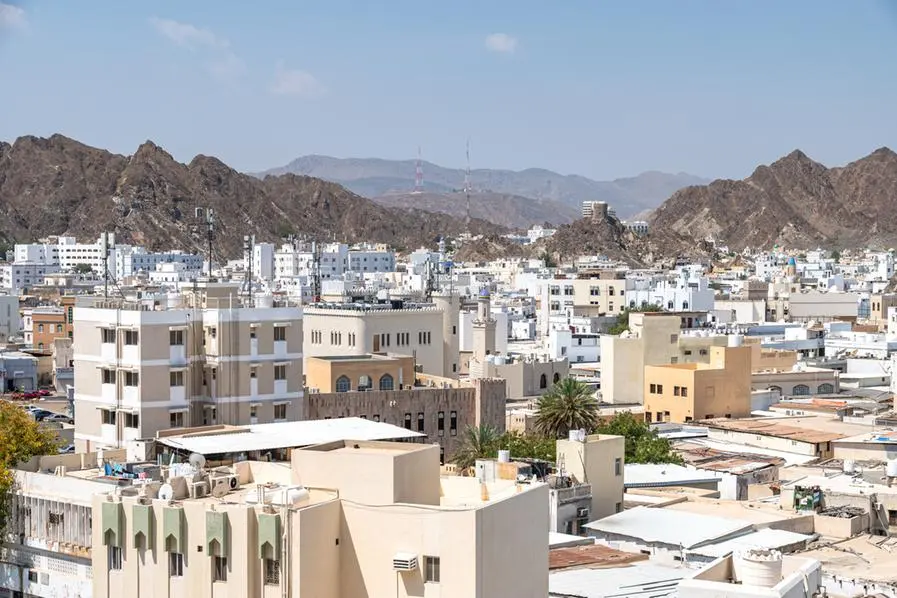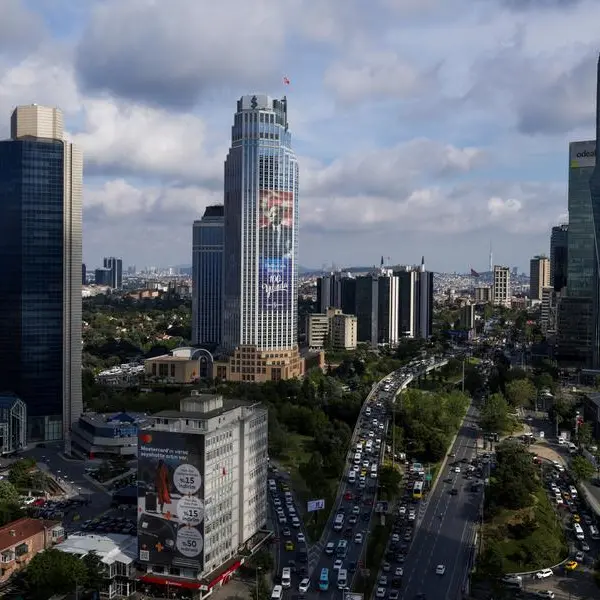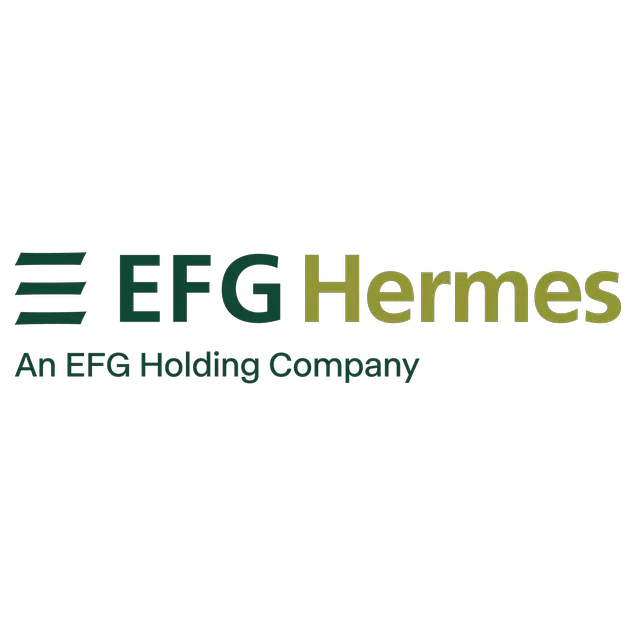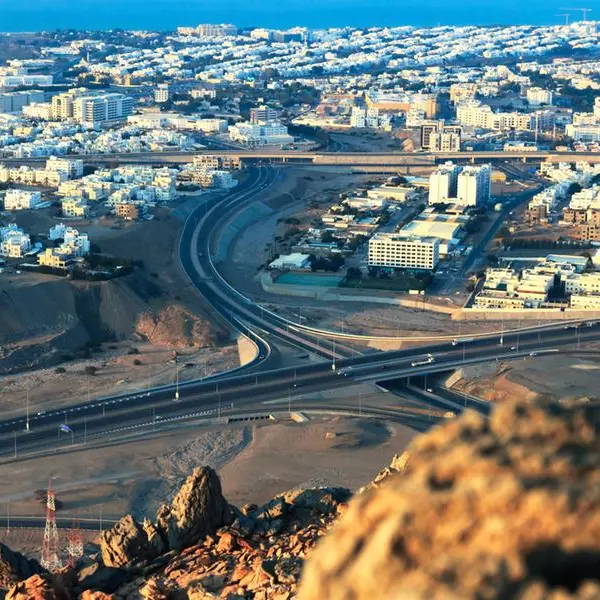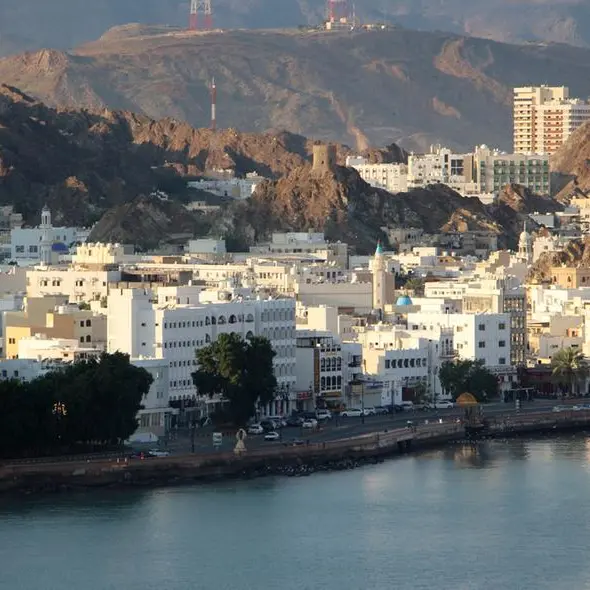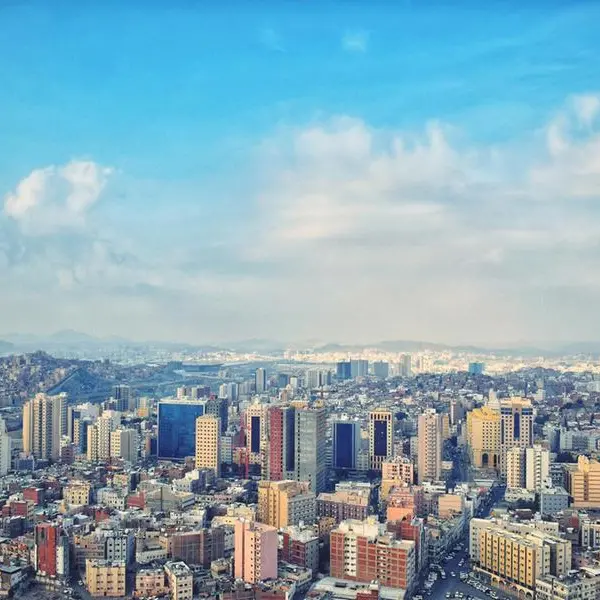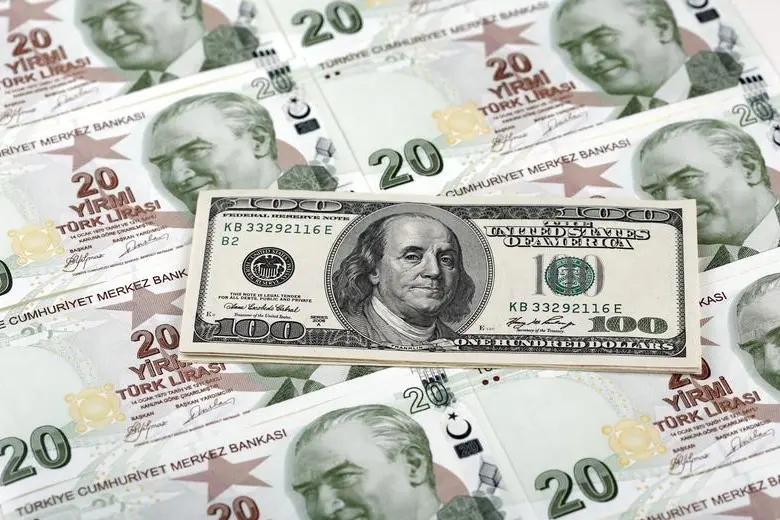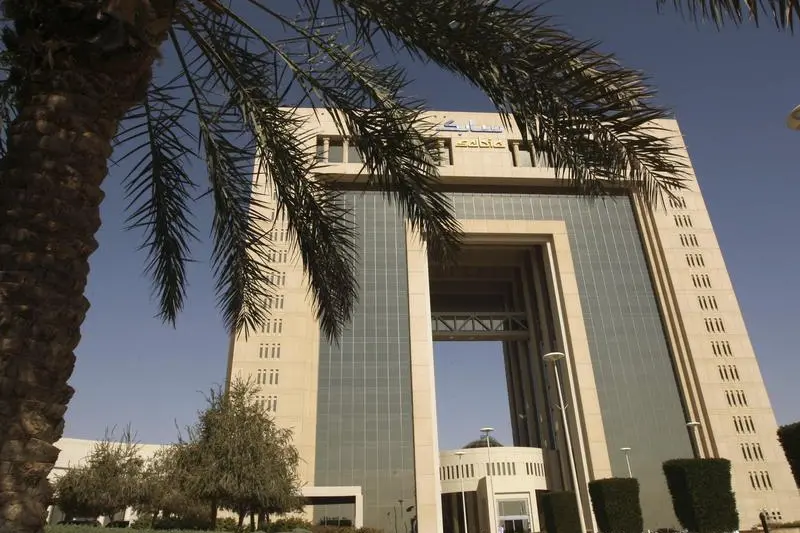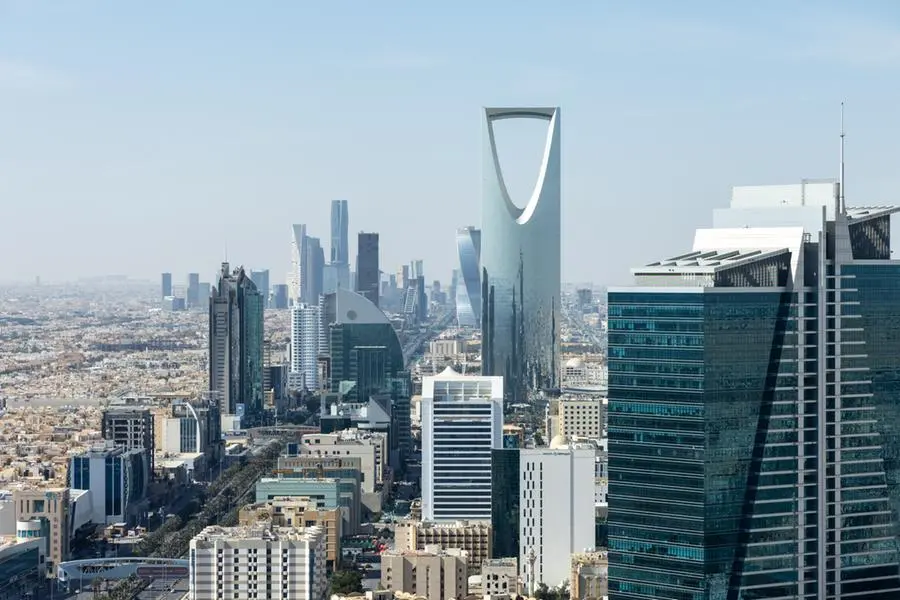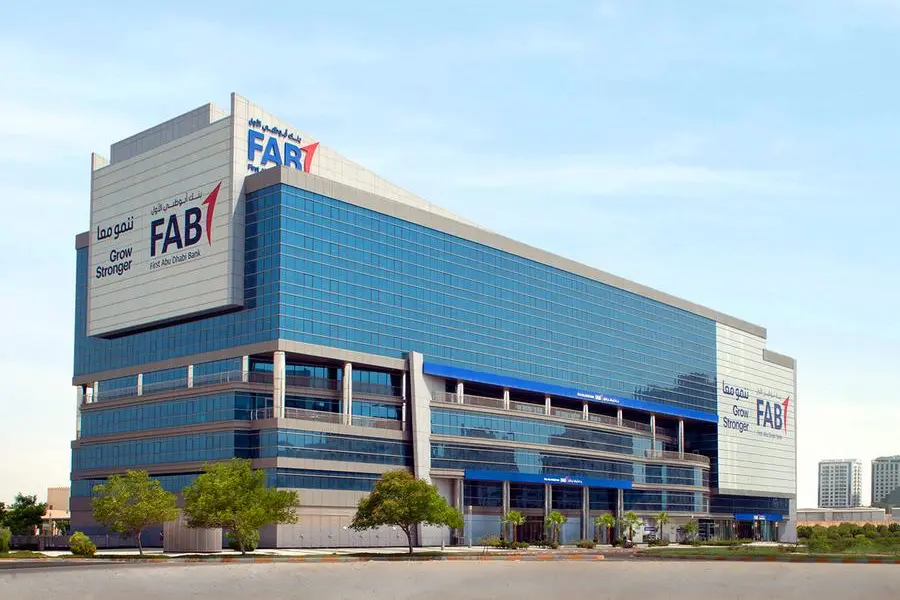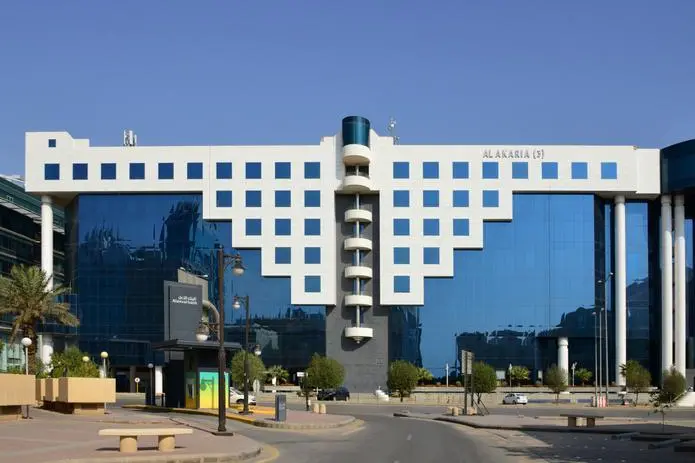PHOTO
As the United States rolls out sweeping new reciprocal tariffs, Oman’s Free Trade Agreement (FTA) with the US has become more valuable than ever.
Far from being a historical footnote, the 2009 FTA now positions Oman as a resilient and strategic partner for global businesses seeking stable access to the world’s largest economy.
On April 2, 2025, the White House announced reciprocal tariffs on a broad range of imported goods, part of a strategy to level the playing field for American exporters facing high foreign duties.
Set to take full effect on July 8, these measures are already shifting global trade patterns. In this changing landscape, Oman stands out — offering preferential and in many cases duty-free, access to US markets.
OMAN’S COMPETITIVE ADVANTAGE
Under the US-Oman Free Trade Agreement, Omani goods have entered the US duty-free. Even with the newly imposed 10% reciprocal tariff, Omani products such as minerals, fertilisers and stones remain exempt.
For other categories now subject to the 10% charge, Oman still avoids the original “General” tariffs under US Normal Trade Relations, which typically range from 5% to 25%.
This distinction is critical. While countries like Saudi Arabia and the UAE now face both the new reciprocal tariff and the existing general duties — resulting in total tariffs of 15% to 35% — Omani exporters generally pay no more than 10%.
For some goods listed under Executive Order 14257, Omani exporters continue to enjoy zero tariffs altogether.
REAL-WORLD EXAMPLES
Consider shaving products (HTS Code 3307.10): an Omani exporter faces only the 10% reciprocal charge, while European companies shipping the same products encounter nearly 25% in combined tariffs.
Similarly, Vietnamese broom exporters now contend with nearly 49% in tariffs, while Oman’s total duty remains a modest 10%.
This pricing gap gives manufacturers and exporters based in Oman a significant advantage in the US market, offering predictability and cost competitiveness even as global trade faces rising protectionism.
CHALLENGES REMAIN
Not all sectors benefit equally. Aluminium and steel exports, for instance, still face a 25% tariff under US Section 232 rules, national security measures that the FTA does not override.
Furthermore, Omani producers competing directly with US manufacturers must work harder to remain competitive, as American companies (and some Canadian and Mexican firms under the USMCA) face no tariffs at all.
Nonetheless, Omani companies can remain competitive by smart pricing, incorporating US-origin materials; and emphasising speed and reliability in deliveries. With strategic adjustments, many Omani goods can continue to thrive in the American market.
SERVICES EXPORTS:
A HIDDEN ADVANTAGE
An often-overlooked strength of the US-Oman FTA is its protection of services exports. Omani firms in sectors such as IT, consulting, design, and logistics enjoy tariff-free, unrestricted access to the US market.
The agreement guarantees national treatment, putting Omani service providers on equal footing with American competitors — an advantage unmatched by other Gulf countries.
MANUFACTURING IN OMAN:
A STRATEGIC PLAY
For international companies now burdened by higher US tariffs, Oman presents an attractive alternative manufacturing hub.
Firms from Asia, Africa, or Europe can relocate operations to Oman, meet the 35% local value threshold and ship goods to the US under FTA benefits, often paying zero or minimal duties.
Beyond tariffs, Oman offers a stable regulatory environment, competitive energy costs, strategic geographic location, world-class infrastructure and growing incentives for investors — making it one of the region’s most promising export bases to the US.
“This is a rare moment when global trade shifts create lasting opportunities,” said Ali Daud, Chairman of the Oman American Business Council (OABC).
“Oman is ready to welcome international manufacturers and help local exporters leverage access to the US market. But success will depend on smart, forward-looking decisions.”
Daud emphasised that no serious company will invest in relocating operations or opening new facilities if the opportunity looks temporary.
“No one moves factories for just four years,” he said. “Oman must focus on durable sectors — products the US cannot easily manufacture itself, or sectors that have consistently faced high tariffs under different American administrations.”
Beyond tariffs, Oman offers a stable regulatory environment, competitive energy costs, strategic geographic location, world-class infrastructure and growing incentives for investors — making it one of the region’s most promising export bases to the US.
2022 © All right reserved for Oman Establishment for Press, Publication and Advertising (OEPPA) Provided by SyndiGate Media Inc. (Syndigate.info).
